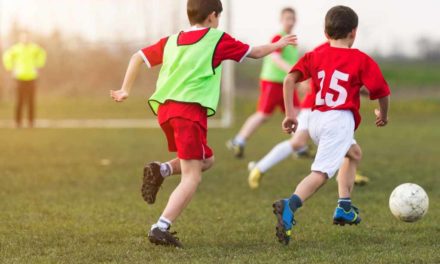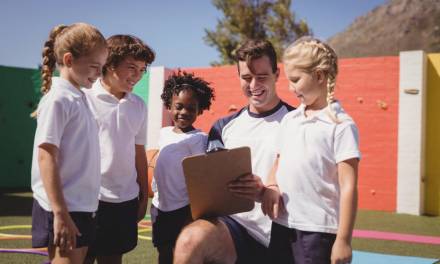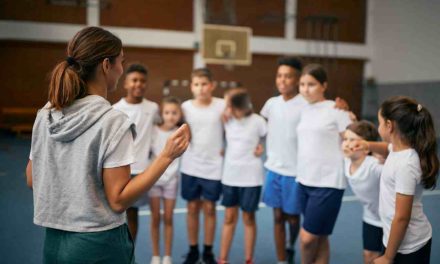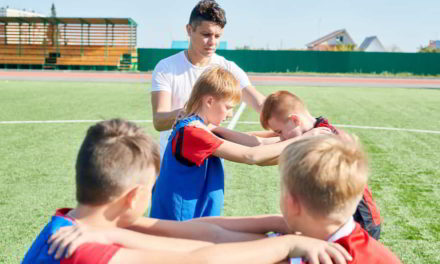Attainment: the action or fact of achieving a goal towards which one has worked. The Oxford English Dictionary.
Attainment is used in an educational process to show the students the levels they are working at and towards; a student getting a C at Christmas with their target grade being a B, for example. All forms of education, from year one to degree classification, have some form of attainment level system which allows people to strive to achieve their best.
In PE, as in other subjects, the purpose for attainment is to be able to give pupils coordinated and accurate feedback in all areas, making routes of progress transparent for the pupil. This can be shown in a variety of ways through the new assessment without levels; this is down to you as a school to decide upon a method of assessment. However, the National Curriculum still states that students still should be working at sufficient levels to be able to accomplish the end of Key Stage attainment targets.
By the end of each key stage, pupils are expected to know, apply and understand the matters, skills and processes specified in the relevant programme of study (DfE).
Schools will have their own attainment criteria for achieving the overarching end of Key Stage attainment levels for all the sports that they cover. Often these are indicated through baseline assessments at the beginning of a specific sport during the PE year and followed up with further practical assessments or observations. Although many of the sports will have similar criteria to achieve the specific attainment standards, the sports studied are categorised into the following groups:
- Invasion games
- Net and wall
- Striking and fielding
- Athletics
Effective methods for measuring attainment obviously varies from school to school, whether this is an on-going method, conducted every term or in specific ‘evaluation lessons’. When using this method, ensuring the pupils know what the attainment standards are and what the PE Department has in place as their specific attainment levels allows pupils to be aware of what they will need to demonstrate during the sections of work for the evaluation lesson in which the attainment of the student will be decided.
This allows the pupils to be creative in the build-up of lessons, which can be useful in the sports that are new to the students, as it allows them to consider techniques, adapt and develop upon them in a more creative manner.
A constant evaluation process is another way of giving pupils accurate attainment levels. This will require that the teacher set up the first half of the lesson to demonstrate and show the new skills for that lesson. The second half of the lesson, or the game scenario at the end of the lesson, would be for the students to demonstrate or accurately replicate what they have learnt in that specific lesson or from a multiple lesson set (dependant on what technique/skill you as a practitioner have chosen to target).
This should happen over the duration of time that specific sport is being delivered to the group. The way in which the final attainment standard will be decided would be done through averages from the school’s chosen grading method.
Attainment allows for the individuals to strive and achieve specific, physical, social and cognitive skills that are beyond what they are currently working at, in order to demonstrate clear progression. This can also act as a motivation to improve grades, whereas if there was no communicated attainment/grading system then that added motivation would not necessarily be in place.
It allows for students, teachers and parents to create SMART (specific, measurable, achievable, realistic and timely) targets in a given subject area by having the previous, current and predicted attainment levels for that pupil.
The act of evaluating the children in lessons to be able to give the accurate feedback and place them in the correct attainment levels places a certain pressure on the children, as they want to all try to achieve the top attainment levels. Constant evaluation on a weekly basis can help to limit this pressure on the child.
Through my personal use of attainment and grading systems I have found that if managed correctly, and the correct information is passed on to the students, then it can be extremely useful in supporting pupil progress and development.
However, on many occasions the students have focused too much on trying to gain the highest grades but have failed to do so because of “trying too hard”; struggling to achieve a particular technique/skill then becoming frustrated and as a result, ending up with a lower grade.
Due to this experience, I myself do a longer evaluation process over a number of weeks without informing the students, and then I am able to see the true progress of all the students.










